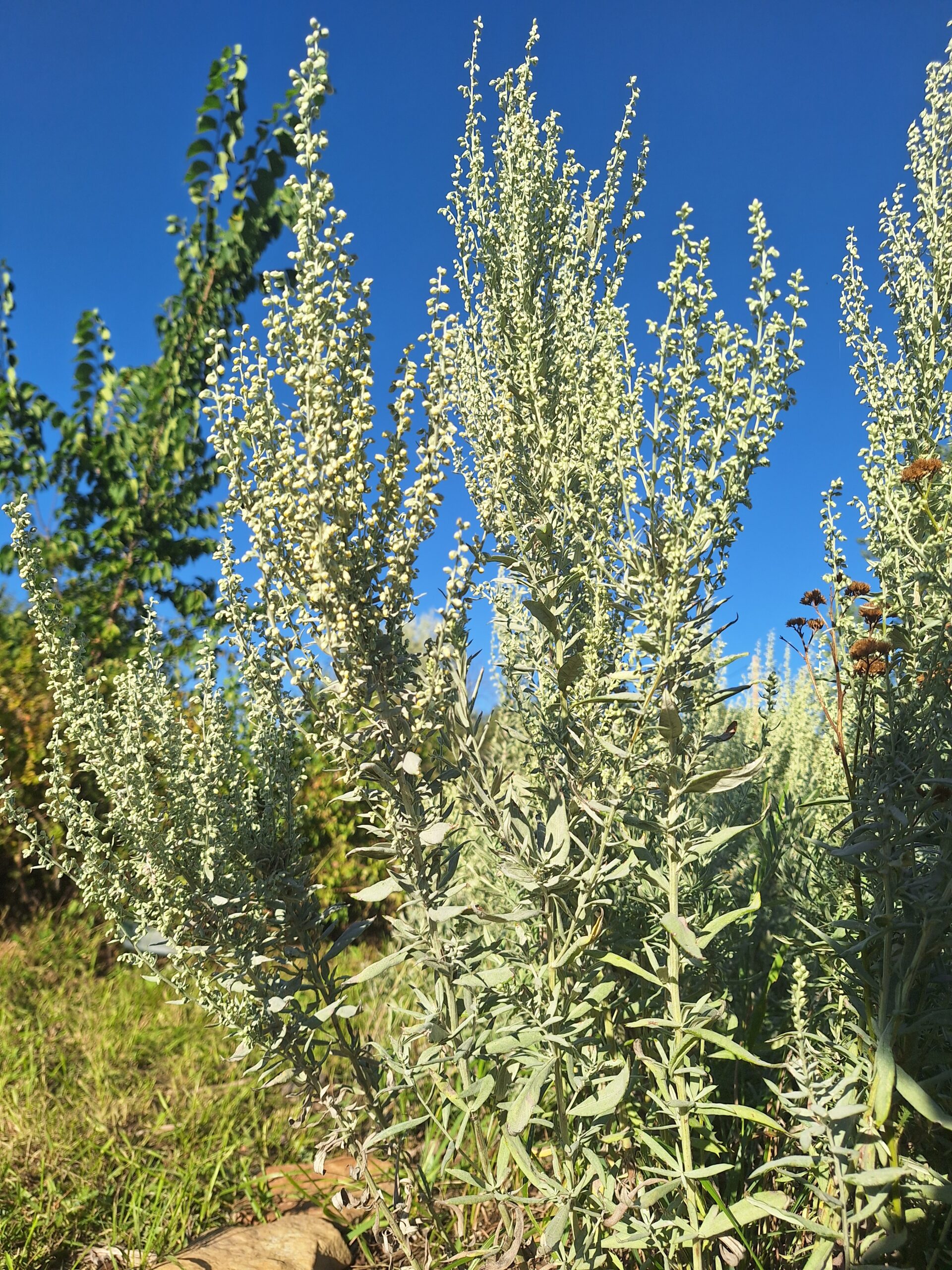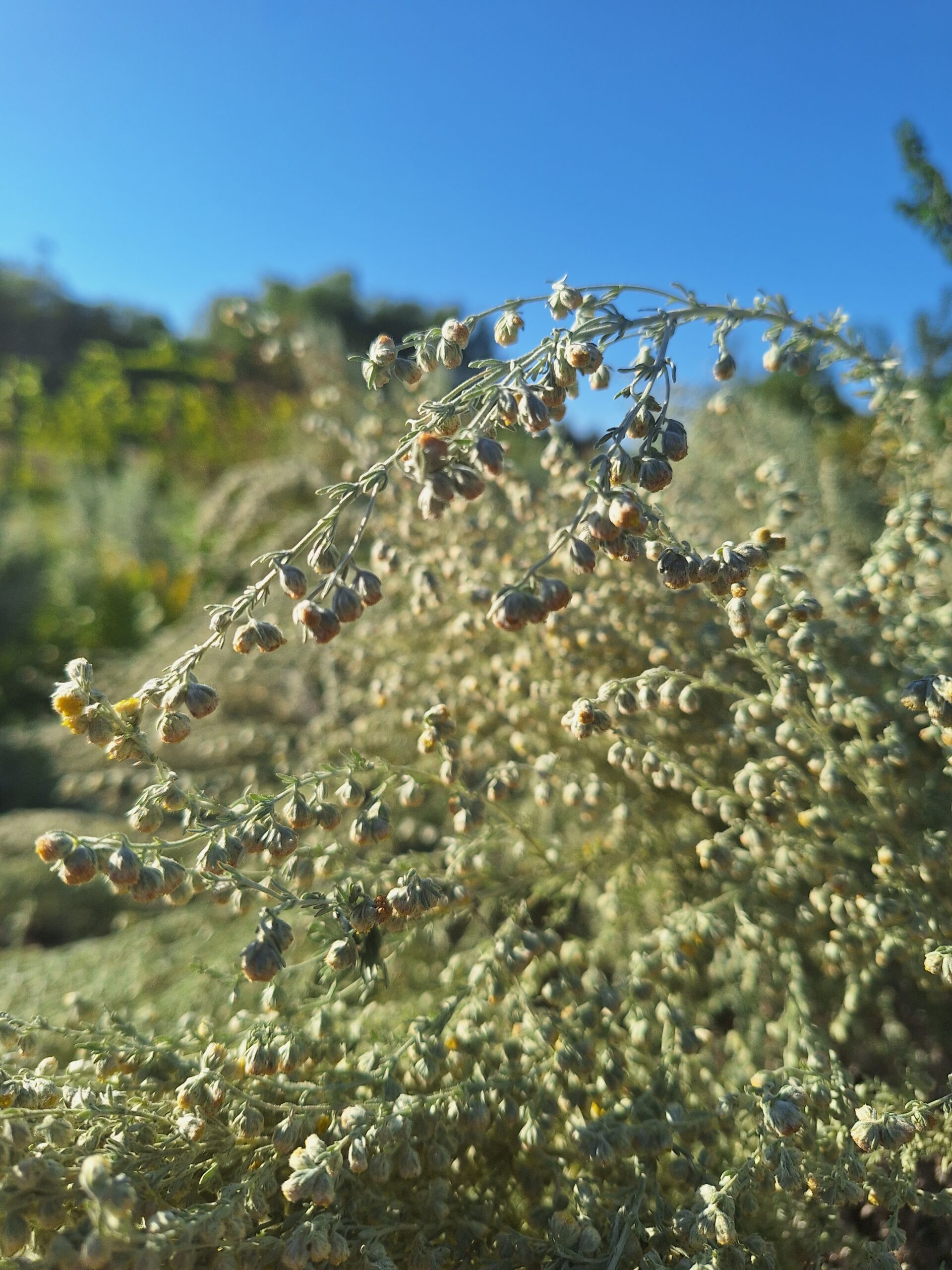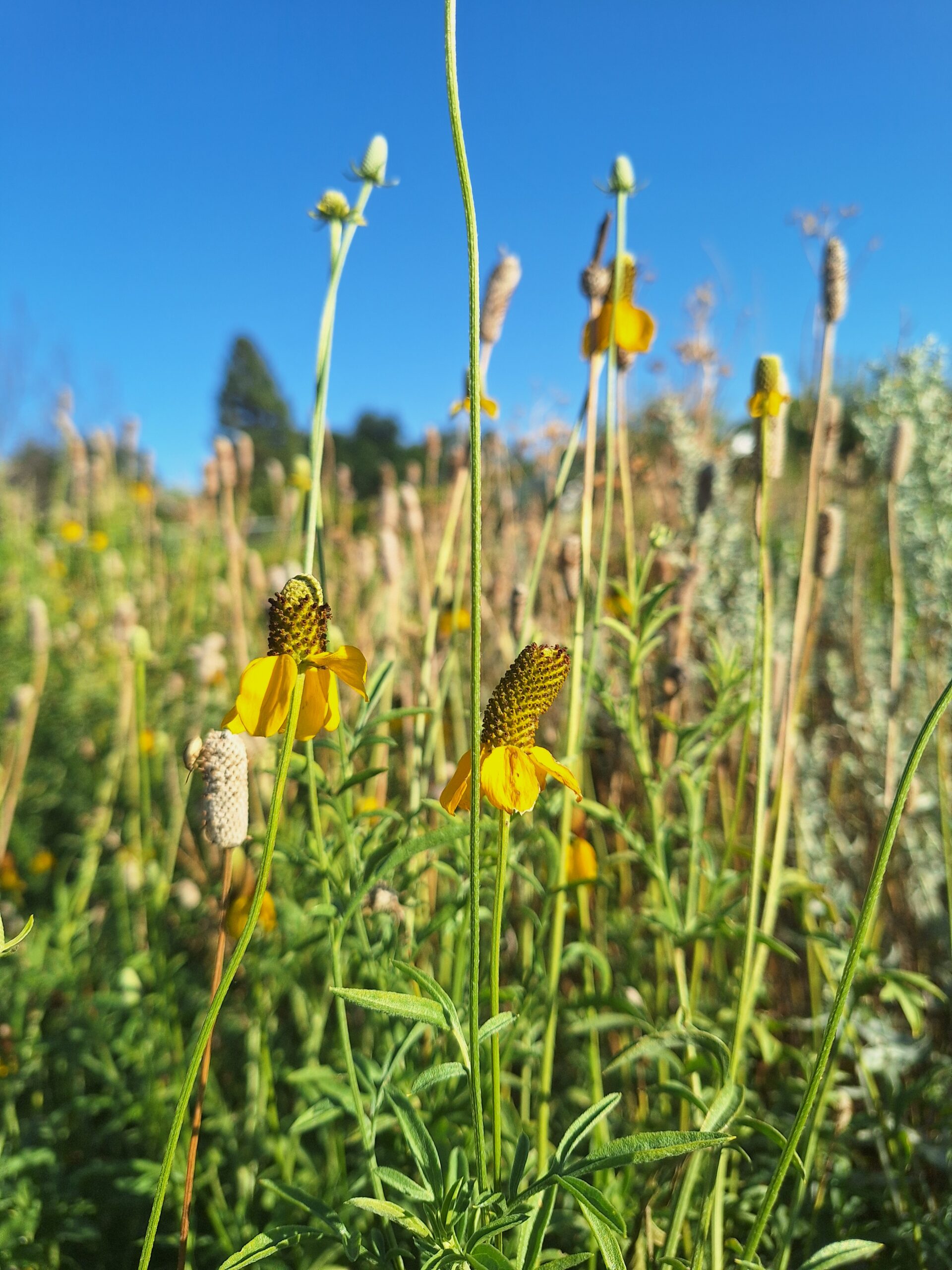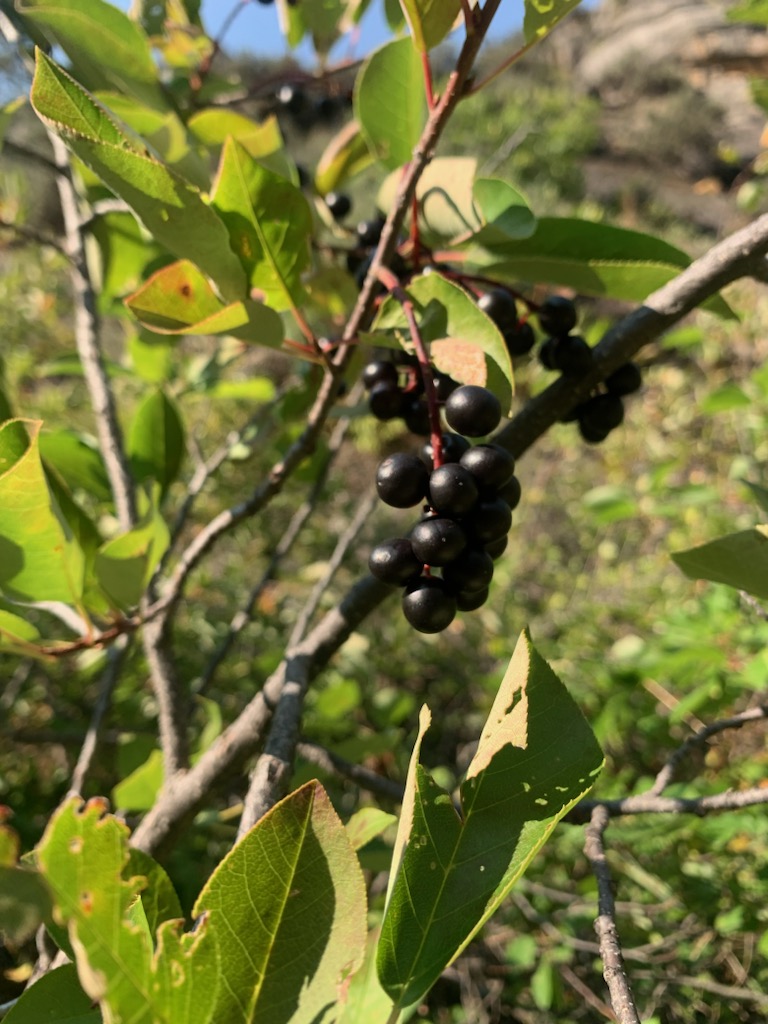“Touching grass”— Leaving our little digital bubbles and getting in contact with the natural world around us. It’s usually part of a joke when this phrase is typed out on the internet, but what it implies about our human need for connection with the plant world is real. As someone who’s been touching grass professionally for the last two and a half months, I think I’d do well to ponder it for a while.
I had the wonderful opportunity late this August to attend a presentation at the local “food forest” by a Northern Cheyenne elder and his son. They are both ethnobotanists and spend their time learning about and sharing the stories of the Cheyenne’s traditional way of life and relationship with the plants of the region. They spoke of a people whose lives were intertwined with native plants not only out of necessity, but also voluntarily due to affection and desire for kinship with these spirits that surrounded them.
“Every plant has its own story”, they said. On the table in front of them were many plants that I have seen on the forest this summer—Artemisia frigida “Woman’s sage” and Artemisia ludoviciana “Man’s sage”, ceremonial gifts; Ratibida columnifera “Rattlesnake medicine”, which reduces the effects of rattlesnake venom when chewed into a poultice and placed on an incision near the bite; Prunus virginiana “Chokecherry”, which Cheyenne would harvest in the late summer and fall to be crushed and dried into patties that would feed hungry mouths through the long winter.



Their relationship to plants doesn’t end with the products that the plants provide; It extends to the inter-plant-personal—living being to living being. The elder and his son told about grandmothers laying out hearty meals at the feet of trees for them to enjoy, about how complimenting a particular patch of poison ivy on its beautiful sheen persuaded it to hold back with its itchy attacks, and always they imparted that we, humans and plants and even the soil, are all spirits connected through community as part of creation.
I’m cheating a little with this blog post by merely recounting what I’ve heard (but that’s what stories are for, anyway). Here’s a bit about seed collecting.
An attendee at one of the elder’s presentations once asked permission to take home some seed, so he told the attendee “you don’t need to take any seed—all you need to do is to touch the tree”. He told us, “plants have a way of following us home. There’s a magic about them. They’ll spring up in your yard”. I’ll take his word for it—there’s been many a day when the seeds of needlegrass burrow deep into the hem of my pants and spill onto the floor when I take my boots off at home. That said, I won’t be altering the protocol when we’re out in the field. We can’t count on enough needlegrass following us home to satisfy what we need for this project. We do need to actively harvest.
It’s a different kind of relationship that we have with plants as seed collectors this summer, but I’d say it’s still one based on respect and mutual good will. We leave plants be when the population isn’t large enough or healthy enough to withstand the stress. We collect no more than one fifth of the seed to leave plenty for the seed bank in the soil. Some members of the botany crew have even told me that they say thank you to the plants when they collect seed or take a specimen. What we’re doing, while perhaps reparative and necessary only due to our own impact on plant life through development and contribution to increasing wildfire risk, is an act of love and care for the plants and for the world community that they are vital to. And we benefit greatly from their fruits and the fruits of our labor through the maintenance of the vitality and beauty of our public lands, which are nourishing to people in many ways.


“When they are upset after being punished, children run and climb up high in a tree, not to come down until suppertime. Just touching the plant calms us down and takes away the bad feelings. When the child comes down and goes home, everything is alright again.”
Like I said before, we’ve been touching a lot of grass, and other plants for that matter. We can be in a field for hours on end, stripping seed from heads of grass, inhabiting quiet save for the sigh of wind and the chirping of crickets. For me, it’s time with brain empty. We’ve had other people from the office come collect with us, and they describe it in a nicer way: “meditative”. Either way, all this grass touching does something for us. The same way that working in the garden, or walking through the woods keeps us grounded. It’s an inter-plant-personal relationship that we’re all lucky enough to enjoy this summer. Whether I’ve got my nose in the wild mint while at work, or my toes in the lawn playing corn hole on the weekend, I’m glad to have a connection with plants. I hope they’re happy too.
